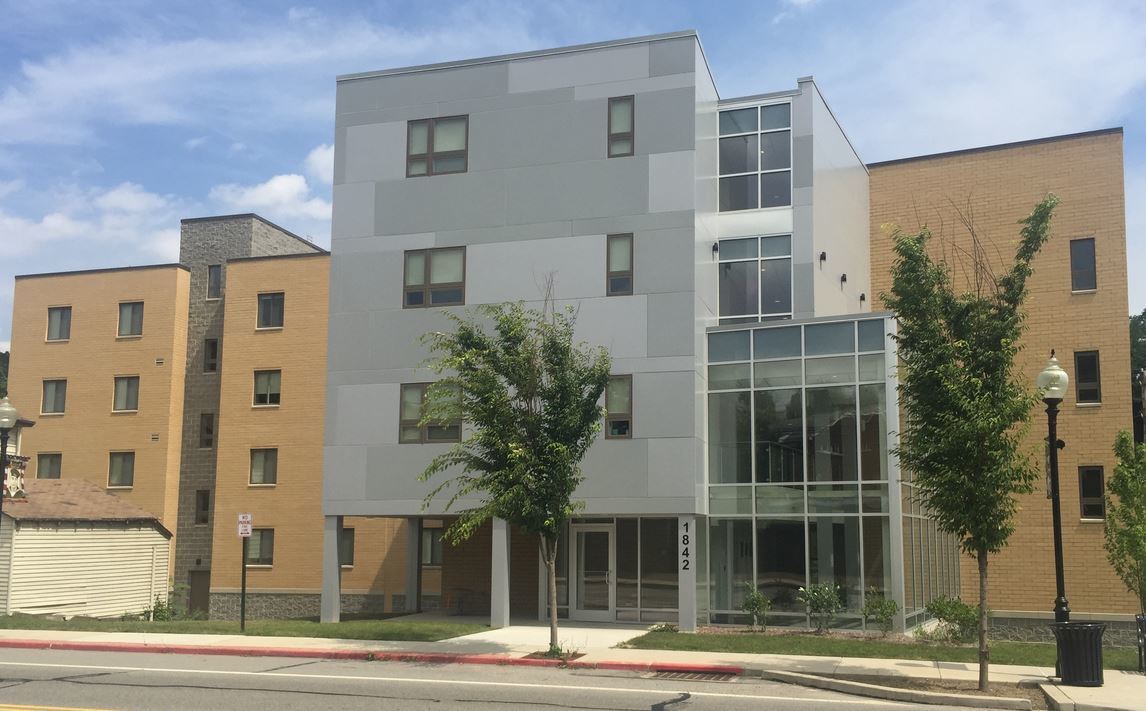
Benefits of Using ICF for Tilt-Up Wall Construction

How to Design Flood Resistant Basement Walls

ICF Construction Protects Homes and Families from Tornados

How Much Does it Cost to Build a Dental Office?
Building a dental office involves meticulous planning, both in terms of design and finances. One of the most common questions that arises is, “how much does it cost to build a dental office?” The answer can vary significantly based on several factors, including location, size, and chosen materials, but knowing the most important parameters can help keep costs in line. This article delves into the specific components and expenses associated with building a dental office.

Energy Modeling as an ICF Design Tool

The Power of Insulated Concrete Forms: Maximizing R-Value in Your Construction Project

How to Build Multi-Story Buildings Faster
Whether it’s a high-rise residential apartment building or a commercial complex, the quicker a multi-story building is constructed, the sooner it can start generating revenue.

8 Energy Star Requirements for New Homes and How to Meet Them

5 Tips for Choosing the Best ICF Block Systems

Maximizing Energy Efficiency and Comfort with Insulated Concrete Forms
Energy costs keep climbing, making insulation energy efficiency more important than ever. Buildings that lose heat in the winter and trap it in the summer waste energy and drive up utility bills.